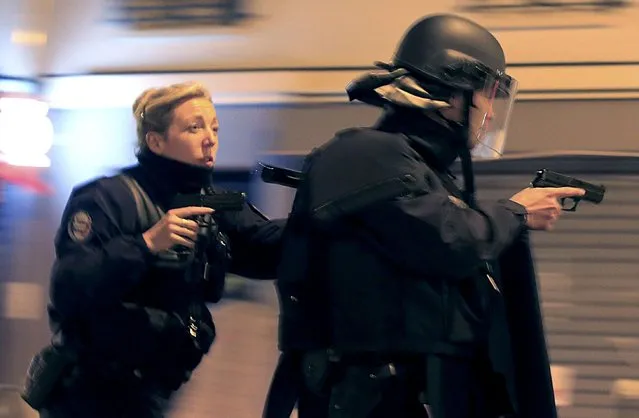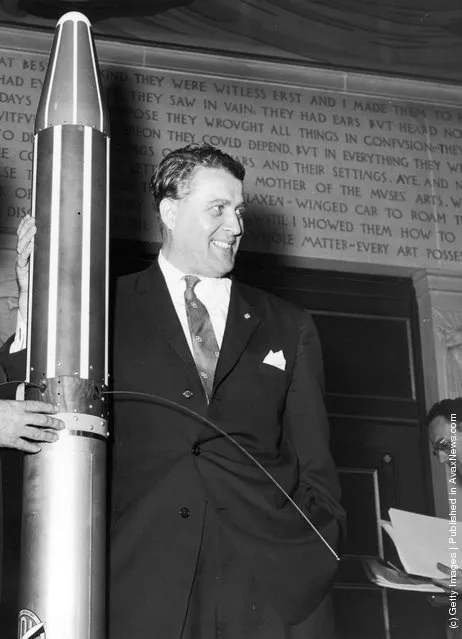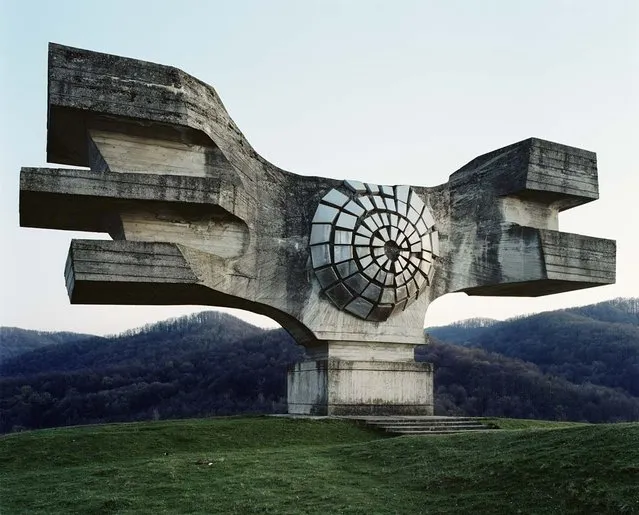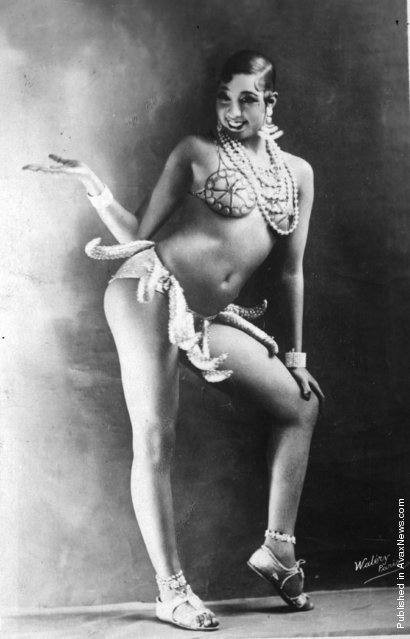
Police react to a suspicious vehicle near La Carillon restaurant following a series of deadly attacks in Paris, November 15, 2015. Thousands of French troops deployed around Paris on Sunday and tourist sites stood shuttered in one of the most visited cities on Earth while investigators questioned the relatives of a suspected suicide bomber involved in the country's deadliest violence since World War II. (Photo by Pascal Rossignol/Reuters)
16 Nov 2015 08:16:00,post received
0 comments






